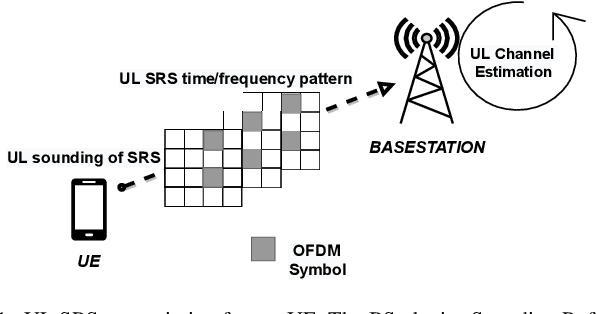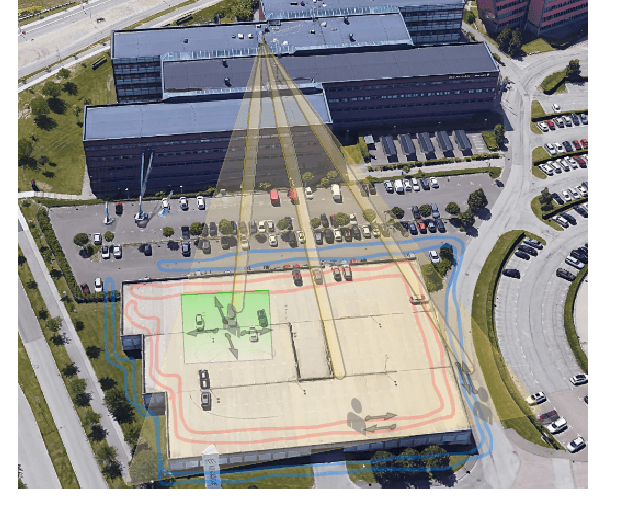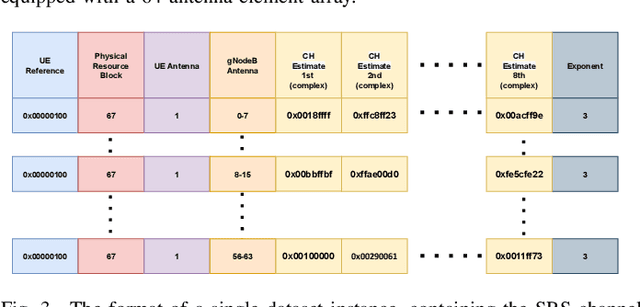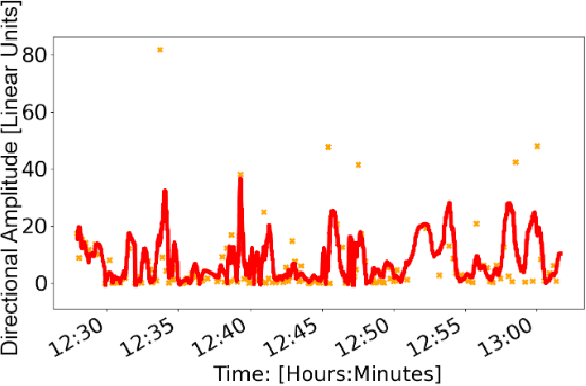Bo Bernhardsson
Source Data Selection for Brain-Computer Interfaces based on Simple Features
Oct 03, 2024Abstract:This paper demonstrates that simple features available during the calibration of a brain-computer interface can be utilized for source data selection to improve the performance of the brain-computer interface for a new target user through transfer learning. To support this, a public motor imagery dataset is used for analysis, and a method called the Transfer Performance Predictor method is presented. The simple features are based on the covariance matrices of the data and the Riemannian distance between them. The Transfer Performance Predictor method outperforms other source data selection methods as it selects source data that gives a better transfer learning performance for the target users.
Attention-aided Outdoor Localization in Commercial 5G NR Systems
May 15, 2024



Abstract:The integration of high-precision cellular localization and machine learning (ML) is considered a cornerstone technique in future cellular navigation systems, offering unparalleled accuracy and functionality. This study focuses on localization based on uplink channel measurements in a fifth-generation (5G) new radio (NR) system. An attention-aided ML-based single-snapshot localization pipeline is presented, which consists of several cascaded blocks, namely a signal processing block, an attention-aided block, and an uncertainty estimation block. Specifically, the signal processing block generates an impulse response beam matrix for all beams. The attention-aided block trains on the channel impulse responses using an attention-aided network, which captures the correlation between impulse responses for different beams. The uncertainty estimation block predicts the probability density function of the UE position, thereby also indicating the confidence level of the localization result. Two representative uncertainty estimation techniques, the negative log-likelihood and the regression-by-classification techniques, are applied and compared. Furthermore, for dynamic measurements with multiple snapshots available, we combine the proposed pipeline with a Kalman filter to enhance localization accuracy. To evaluate our approach, we extract channel impulse responses for different beams from a commercial base station. The outdoor measurement campaign covers Line-of-Sight (LoS), Non-Line-of-Sight (NLoS), and a mix of LoS and NLoS scenarios. The results show that sub-meter localization accuracy can be achieved.
ML-Enabled Outdoor User Positioning in 5G NR Systems via Uplink SRS Channel Estimates
Apr 12, 2023



Abstract:Cellular user positioning is a promising service provided by Fifth Generation New Radio (5G NR) networks. Besides, Machine Learning (ML) techniques are foreseen to become an integrated part of 5G NR systems improving radio performance and reducing complexity. In this paper, we investigate ML techniques for positioning using 5G NR fingerprints consisting of uplink channel estimates from the physical layer channel. We show that it is possible to use Sounding Reference Signals (SRS) channel fingerprints to provide sufficient data to infer user position. Furthermore, we show that small fully-connected moderately Deep Neural Networks, even when applied to very sparse SRS data, can achieve successful outdoor user positioning with meter-level accuracy in a commercial 5G environment.
Multi-Armed Bandits in Brain-Computer Interfaces
May 19, 2022
Abstract:The multi-armed bandit (MAB) problem models a decision-maker that optimizes its actions based on current and acquired new knowledge to maximize its reward. This type of online decision is prominent in many procedures of Brain-Computer Interfaces (BCIs) and MAB has previously been used to investigate, e.g., what mental commands to use to optimize BCI performance. However, MAB optimization in the context of BCI is still relatively unexplored, even though it has the potential to improve BCI performance during both calibration and real-time implementation. Therefore, this review aims to further introduce MABs to the BCI community. The review includes a background on MAB problems and standard solution methods, and interpretations related to BCI systems. Moreover, it includes state-of-the-art concepts of MAB in BCI and suggestions for future research.
 Add to Chrome
Add to Chrome Add to Firefox
Add to Firefox Add to Edge
Add to Edge